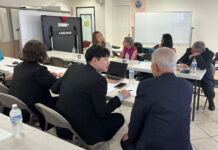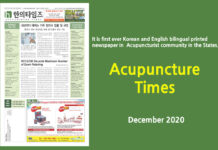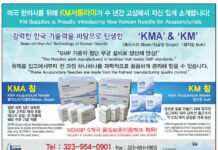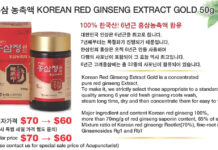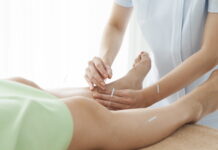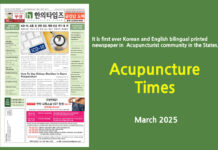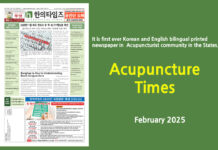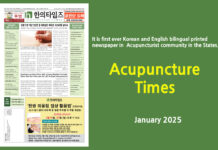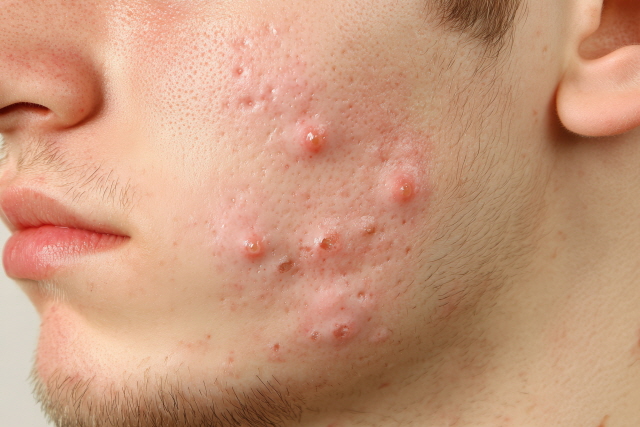By David Lee L.Ac.
For Soyangin constitution patients experiencing skin conditions—such as atopic dermatitis, cysts, acne, and psoriasis—Liu Wei Di Huang Wan (containing Shu Di Huang, Shan Zhu Yu, Gou Qi Zi, Mu Dan Pi, Fu Ling, and Ze Xie) serves as a highly effective base formula. This simple yet powerful herbal combination has been successfully used to treat various skin issues, including facial acne, reproductive system cysts, widespread itchy atopic dermatitis, and psoriasis on the elbows and knees.
The Soyangin constitution is not exclusive to Korean medicine; similar body types have been recognized and treated in various traditional medical systems worldwide. In Ayurveda, Soyangins correspond to the Vata type; in Unani medicine, they align with the Sanguine temperament. Within the Four Temperaments framework, they are categorized as Influencing, and in Myers-Briggs typology, they exhibit Intuitive-Perceiving traits.
Case Study 1 Acne and tension in head and neck; Michael, 39-year-old male, software developer
Chief Complaints: Michael presented with chronic tension and a persistent feeling of heat in his head, face, and neck. He also suffered from frequent acne breakouts, primarily on his upper back, chest, and face. His acne was exacerbated by canned food, peanuts, corn, dairy, and soda. Additionally, he reported sluggishness and low energy levels.
Treatment: Left-side Yang Horary points in the Wood-Order: GB44, SI2, ST43, LI5, and UB40. Liu Wei Di Huang Wan with the addition of Huang Lian and Huang Bai.
Progress: Over four years, Michael received 47 acupuncture treatments. Initially, sessions were scheduled twice a week, then gradually tapered down to monthly maintenance visits.
The Metal-Order treatment (LI1, UB66, GB41, SI5, ST36) yielded no relief. On the second visit, switching to the Wood-Order treatment immediately alleviated tension in his head, neck, and shoulders. Dietary adjustments included reducing nuts, beef, chicken, ginger, turmeric, and caffeine, all of which he identified as aggravating factors.
Three months of herbal medicine improved his acne by 80%. Over time, the severity, frequency, and duration of his symptoms significantly decreased. By the time he transitioned to monthly maintenance visits, most of his symptoms had been resolved.
Discussion: In many cases, dietary triggers must be strictly minimized for effective symptom relief. In Michael’s case, cutting out caffeine played a crucial role in reducing neck and shoulder tension, irritability, and symptoms of prostatitis. Caffeine, as a stimulant, was particularly intolerable for his body type. Additionally, avoiding chicken and beef significantly improved his acne.
Case 2 Bartholia Cyst in Labia; Deanna, female, age 40
Complaints: The patient developed a recurring cyst in the labia, causing persistent swelling and itching for one year. Despite undergoing surgical drainage three times, the cyst continued to return with increasing frequency. She experienced chronic anxiety and fear since childhood. This condition made her more irritable.
Treatment: Acupuncture focused on the right-side Yang Horary points in Wood Order: GB44, SI2, ST43, LI5, and UB40. Sessions were scheduled once per week, totaling 10 treatments. She was prescribed Jing Fang Bai Du San (Qiang Huo, Du Huo, Chai Hu, Qian Hu, Jing Jie, Fang Feng, Fu Ling, Di Gu Pi, Sheng Di Huang, Che Qian Zi) with modifications: an addition of Shu Di Huang and Shan Zhu Yu.
Progress: Initially, the first three treatments followed the Yang Metal Order (LI1, UB66, GB41, SI5, ST36) but did not provide noticeable relief. However, after switching to Wood Order points in the fourth session, the patient reported reduced stress and pain.
Within one month, the cyst resolved completely, leaving only inflammation and excess tissue. Additionally, her digestion improved, with reduced bloating. By the second month, the cyst briefly returned but ruptured spontaneously within two days. Weekly, her discomfort continued to lessen.




